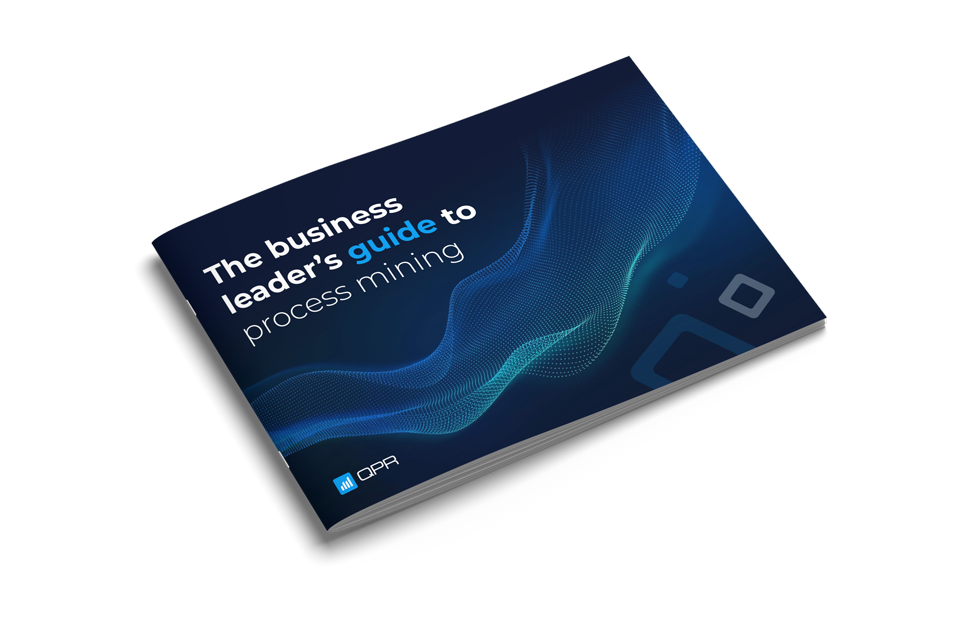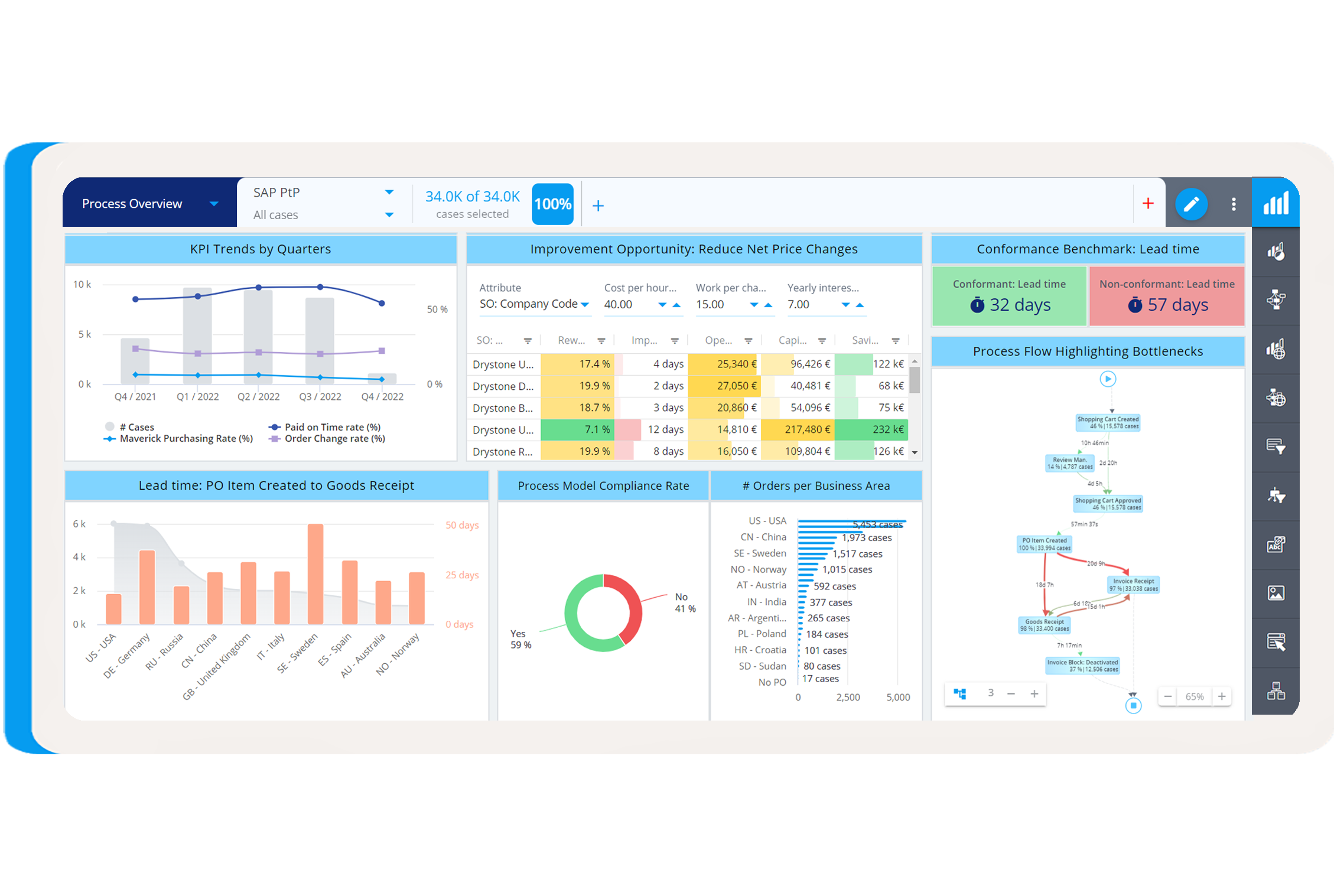Imagine a future where you would have a replica of your enterprise and its operating model in a digital format
DTO is a virtual representation of the way how an enterprise operates. It is created by collecting real-time data from operations.
Our software solutions
Process Mining
Gain insight into your business processes with pinpoint accuracy and uncover hidden value throughout your organization.
Enterprise Modeling
Modeling tools designed to help organizations plan, document, and analyze their business processes, system architectures and strategies.
Strategy and Performance Management
Leading solution to drive Strategy Execution and Performance Improvement across the whole organization
Consulting services
DTO consulting services are tailored to guide organizations through the complex process of digital transformation.
What our happy customers say
Discover the benefits of our intuitive, innovative, and scalable software and start transforming your business today.

"We now embed process mining in real-time, identify bottlenecks instantly, and take actions much earlier."
Stewart Wallace, Risk Analytics Manager
EY UK

“With QPR ProcessAnalyzer, we were able to analyze the process in 2-3 hours, compared to three weeks in the past.”
Christof De Groote, Service Manager
KBC Group

"Decisions are made much easier when data is presented in a visual way - we can get to the right questions sooner."
Jonathan McCoy, IT Director
WD-40

"We cut the duration of our loan application process from 35 minutes to 5 minutes on average."
Lambros Bessas, Senior Manager
Piraeus Bank

“We could immediately focus our improvement activities to the right things to reach the results our business needed.”
Matti Ketonen, VP Supply Chain
MetsäBoard
We serve enterprises with complex business processes

Maximize process efficiency with direct Snowflake integration
As your business grows, so does its complexity. By connecting directly to Snowflake, the process mining software QPR ProcessAnalyzer provides unparalleled business process analytics: easy visualization, shared discovery, and actionable intelligence. QPR is the only software vendor offering process mining natively on Snowflake.

The business leader's guide to process mining
In this guide, we provide an introduction to process mining, the market outlook for 2023 and beyond, and explain how it can be used to benefit enterprise companies - especially during tough times.
See the results for yourself

KBC Insurance speeds up customer request processing by 100%
KBC Insurance improves service quality, process efficiency, and SLA compliance with QRP ProcessAnalyzer.
"We were able to analyze the process in two or three hours, compared to three weeks in the past."

Metsä Group eliminates uncertainties through continuous improvement
"The process insight and facts delivered by QPR ProcessAnalyzer were priceless. We were immediately able to focus our process improvement activities on the right things to achieve the results our business needed. Not wasting time on trial and error.”

KBC Bank increases sales, maximizes efficiency, and reduces risks
QPR ProcessAnalyzer helps KBC Bank to identify bottlenecks, manage risks, and discover opportunities for increased automation.
"Process mining is the technology that helps us make data powerful.”

Piraeus Bank cuts lead times by 86% through unprecedented process transparency
Piraeus Bank locates process bottlenecks and increases efficiency.
"We gave the data to QPR ProcessAnalyzer, and right away, in 5 minutes, we saw the bottlenecks of the process."




Why customers prefer QPR ProcessAnalyzer

Easy to set up and use
Our customers highlight the remarkably easy set up and use.
Fulfils customer needs and supports customers the best
The quality of support and ease of admin of QPR ProcessAnalyzer is highly appreciated.
Is a better partner in business
Our customers are our biggest priority. We take pride in the fact that they love working with QPR as a business partner.
Future-proof product direction
For feature updates and roadmaps, our customers strongly believe in the direction of QPR ProcessAnalyzer.
Superior process analysis, execution management, and process mapping
QPR ProcessAnalyzer is the cutting-edge enterprise solution for intelligent decision-making needs – also according to our customers.
Reviews from real customers:
9.7/10
Real-time process analysis
10/10
Integration
9.7/10
QPR as a partner
9.7/10
Process mapping
9.7/10
Execution Management
10/10
Product direction
9/10
Ease of use
9.2/10
Meets requirements

Featured Webinar

